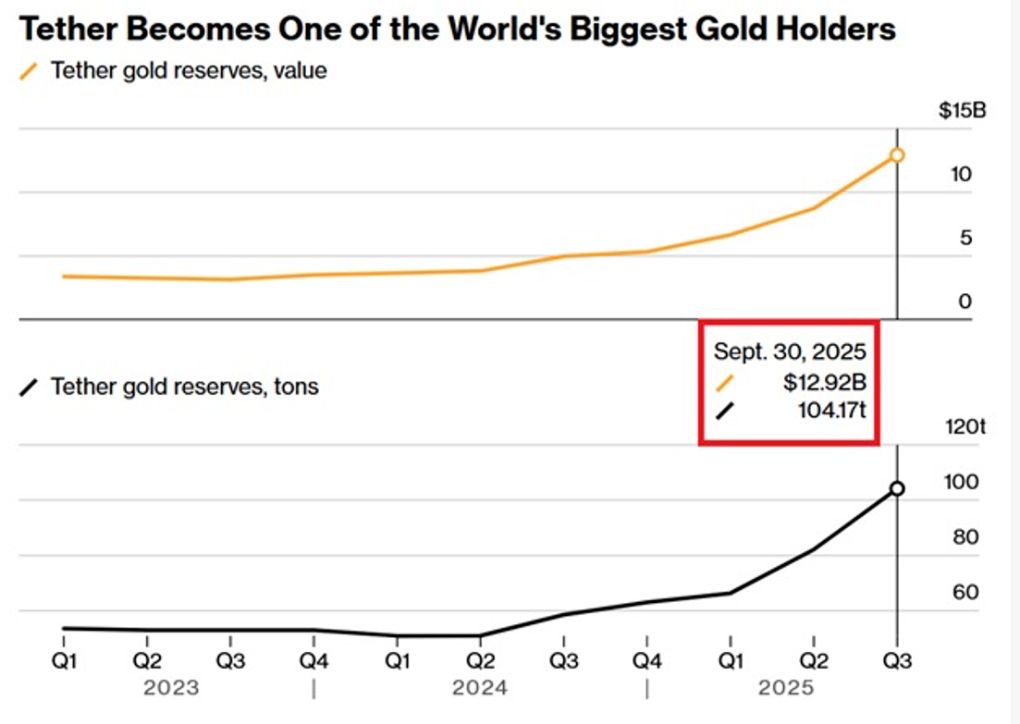Estée Lauder’s Strategic Vision and Execution in a Shifting Beauty Market
- Estée Lauder Companies (ELC) is redefining luxury beauty through its "Beauty Reimagine" strategy, led by CEO Stéphane de La Faverie and digital strategist Amber English. - The company prioritizes digital-first platforms (Amazon, TikTok) and AI-driven operations, with online sales reaching 31% of revenue in Q4 2025. - ELC is shifting focus to emerging markets like China, leveraging localized digital campaigns and AI insights to adapt to evolving consumer demographics. - Strategic brand optimization includ
The beauty industry is undergoing a seismic shift, driven by evolving consumer preferences, the rise of digital commerce, and the fragmentation of traditional retail channels. In this environment, The Estée Lauder Companies (ELC) has positioned itself as a bellwether of adaptability, leveraging its heritage of luxury while embracing the urgency of innovation. Under the leadership of CEO Stéphane de La Faverie and digital strategist Amber English, the company is executing a bold “Beauty Reimagine” strategy that prioritizes agility, data-driven decision-making, and a reimagined approach to global growth. Their upcoming participation in the Barclays Annual Global Consumer Staples Conference on September 3, 2025, offers a critical window into how ELC is navigating these challenges—and why investors should take note.
Leadership and Strategic Agility
De La Faverie’s tenure has been marked by a relentless focus on aligning the company with the realities of a post-pandemic world. At the 2025 dbAccess Global Consumer Conference, he emphasized that ELC’s strategy hinges on “following the consumer to where they are,” a philosophy that has led to aggressive expansion into digital-first platforms like Amazon , TikTok Shop, and Shopee. This shift is not merely tactical but existential: in Q4 2025, online sales accounted for 31% of total revenue, a figure that underscores the company’s commitment to digital transformation.
The CEO’s approach is underpinned by a willingness to disrupt legacy models. For instance, ELC has reduced its reliance on travel retail—a segment that once drove significant growth but now faces headwinds due to shifting travel patterns and regulatory changes. Instead, the company is doubling down on emerging markets, particularly China, where it is investing in localized digital campaigns and AI-powered consumer insights to better serve a rapidly evolving demographic. This pivot reflects a broader strategic reorganization, including the elevation of Amber English to the Executive Team and her direct reporting line to de La Faverie, signaling the centrality of digital innovation in ELC’s future.
Digital Transformation and Brand Optimization
Amber English’s role as President of Digital and Online for the Americas is pivotal to ELC’s reinvention. In a recent interview, she outlined how the company is using AI and data analytics to optimize supply chains, personalize customer experiences, and streamline operations. For example, ELC has deployed machine learning algorithms to predict demand fluctuations and adjust inventory in real time, reducing waste and improving margins. These tools also enable hyper-targeted marketing campaigns, ensuring that brands like Estée Lauder, Clinique, and M·A·C remain relevant in an era of shortening consumer attention spans.
The company’s brand portfolio is also undergoing a rigorous optimization process. De La Faverie has acknowledged that not all brands will thrive in the new landscape, prompting a strategic reevaluation of underperforming assets. This includes divesting or consolidating brands that fail to meet growth benchmarks while accelerating investments in high-potential categories like clean beauty and skincare. The result is a leaner, more focused portfolio that aligns with the preferences of Gen Z and millennial consumers—demographics that now represent a growing share of ELC’s customer base.
Global Growth and the Barclays Conference
The Barclays conference will serve as a platform to articulate ELC’s long-term vision, particularly in regions where the company is seeing asymmetric growth. China, for instance, remains a key battleground. While the market has faced challenges in recent years, ELC is leveraging its digital infrastructure to regain traction. This includes partnerships with local e-commerce platforms and a renewed emphasis on social media-driven commerce, where TikTok and WeChat are becoming critical touchpoints.
Meanwhile, the company’s performance in North America and Europe is being bolstered by its omnichannel strategy. By integrating online and offline experiences—such as virtual consultations paired with in-store pickups—ELC is creating a seamless customer journey that mirrors the expectations of a digitally native generation. The 31% online sales figure from Q4 2025 is not an anomaly but a trend, reflecting the success of this hybrid model.
The Long-Term Value Proposition
For investors, the key takeaway is ELC’s ability to balance heritage with innovation. While the company’s luxury brands remain a cornerstone of its identity, its willingness to embrace digital disruption—whether through AI, e-commerce, or strategic portfolio shifts—positions it as a leader in a sector undergoing rapid transformation. De La Faverie and English’s participation in the Barclays conference will likely reinforce this narrative, offering concrete examples of how ELC is turning challenges into opportunities.
In a beauty market where consumer loyalty is increasingly fickle, ELC’s “Beauty Reimagine” strategy is not just about survival—it’s about redefining what it means to be a global beauty leader in the 21st century.
**Source:[1] Estee Lauder at 2025 dbAccess Conference, [2] Amber English on The Estée Lauder Companies' Digital Evolution and Reimagining Prestige for the Modern Consumer, [3] Estée Lauder's Q4 2025: Navigating Key Contradictions in ... [4] Stéphane de La Faverie Announces Leadership Updates in Support of The Estée Lauder Companies' Beauty Reimagined Vision
Disclaimer: The content of this article solely reflects the author's opinion and does not represent the platform in any capacity. This article is not intended to serve as a reference for making investment decisions.
You may also like
Coinpedia Digest: This Week’s Crypto News Highlights | 29th November, 2025
QNT Price Breaks Falling Wedge: Can the Bullish Structure Push Toward $150?

Digital dollar hoards gold, Tether's vault is astonishing!

The Crypto Bloodbath Stalls: Is a Bottom In?
